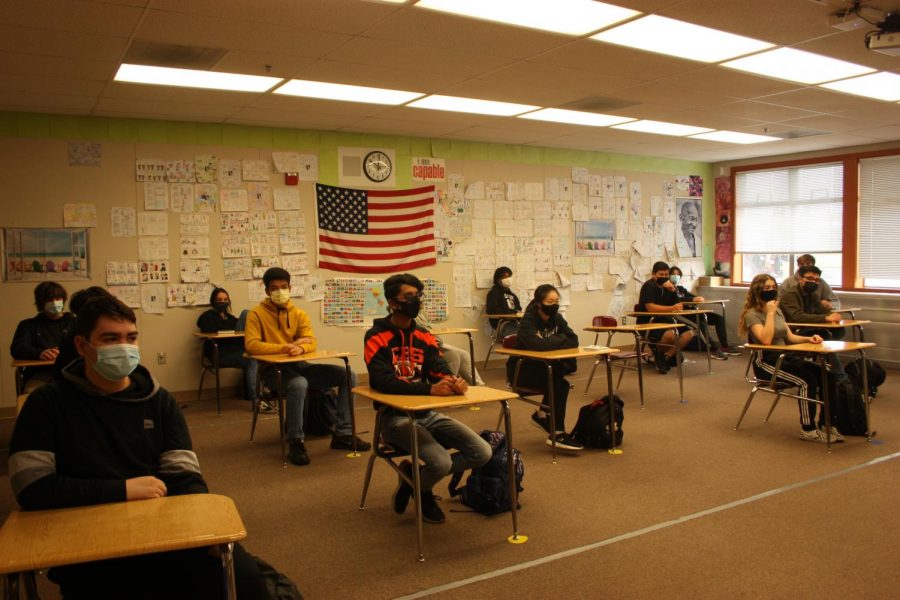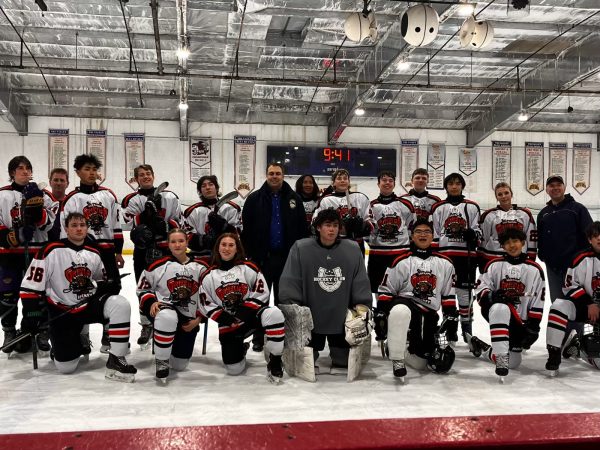Students return to in-person learning
With in-person learning now in full swing, students and staff have varying opinions
Students are actively adjusting to the major changes that in-person learning has brought.
After almost a year of remote learning, students finally returned to campus last month in a hybrid setting.
After what seemed like a long, slow crawl to return to in-person school, hybrid students were barely back on campus for two weeks when the San Ramon Valley Unified School District shifted gears and voted that all of these students would start full in-person learning four days a week beginning March 29. Mondays are the only days all students are learning remotely.
The nearly 500 Cal High students who were affected by this decision have learned that there are a lot of differences between new in-person classes and what school on campus looked like before the COVID-19 pandemic.
Sophomore Marissa Arellano described how everyone wore masks and sanitized their seats and hands in every classroom. Students also have to remain socially distanced from their peers at all times, except during break and lunch.
Though this is a very different learning environment than the typical classroom setting before COVID-19 shut schools nationwide in March 2020, some students think that their improved work ethic is worth it. Some remote students believe that hybrid learning is simply doing online classes in-person, but many hybrid students disagree.
“It’s a totally different environment,” sophomore Natalie Wilson said. “I’m actually learning a lot more this week than I’ve been the whole year.”
Freshman Mahima Chaudhary believes that learning in a classroom is definitely easier than hybrid learning because she has more time in classes than in the typical online experience. But she likes the idea of hybrid learning as a second choice if another pandemic were to hit again.
Chaudhary said in-person learning makes certain situations less difficult when you actually have a teacher physically there to guide you through the given lessons.
“[I’m] excited for the end of the year and hybrid learning is pretty boring because you’re sitting in front of the computer constantly,” Chaudhary said.
Freshman Audrey Ackermann prefers being in school rather than being at home, where she feels less productive. She likes the idea of physically being there, such as doing PE in person and working on labs in biology instead of doing work over the computer.
So far, Ackermann thinks that hybrid isn’t as hard as others may think. Her only difficulty is wearing a mask all day because she says it’s hard to breathe while wearing one for long periods of time.
Masks, social distancing, and the quiet nature of campus are big differences in hybrid learning compared to pre-pandemic school. After all, with fewer than 500 students on campus, nearly 80 percent of Cal’s student body is still at home.
“Learning environments are like [remote] ones. We use the computer more, and lectures are more of slide presentations,” Ackermann said. “When I can, I like to write on paper instead of using technology because I haven’t been using pencils that much.”
Chaudhary said learning in-person seems to be much easier than fully online because students get the proper amount of time and help from teachers. At home, distractions like phones or family members can also make learning more difficult.
“I should do schoolwork, but then I see my computer and I have video games,” sophomore hybrid student Dylan Bretschneider said. “There’s a million other things I could be doing, and I would rather be doing those things.”
Along with the decrease in distractions, another important advantage of in-person learning is the face-to-face connection that students have been missing out on in online classes. The lack of communication with peers and teachers has been very tough for some students.
“It’s so much easier in person because you can actually raise your hand and they can try explaining it,” Arellano said.
Junior Sydney Simmons also believes that it’s helpful to be back at school because some lessons are easier to understand in-person rather than over the computer.
Marine Biology teacher Jacob Martin has found that hybrid teaching as a science teacher with multiple classes, each being a different subject, is much tougher than it seems.
“I’m not sure that hybrid in itself is more difficult, but it is pretty time consuming to try to figure out how to teach one lesson in two or three different ways,” Martin said. “My students have been great about keeping up with the work and giving me feedback on what’s working and what isn’t, so that’s definitely making this a more enjoyable process.”
Martin has found that being back on campus brings back the school’s old energy, especially because he is getting to know new students in-person rather than through Zoom.
Now that students are able to physically participate in labs, they get to remember what they actually learned in-person rather than through the computer.
Martin believes that his students are definitely doing better through in-person learning as compared to the remote setting. Although it’s nearing the end of the school year, students are able to get the additional help they need.
But teaching in these circumstances does have its own set of challenges.
“It would be preferable to limit the number of courses taught where it’s mixed hybrid and online simultaneously,” Martin said. “I know this is unavoidable in a lot of cases, and our counselors worked extremely hard to put together the best schedule possible, but for me that has been the biggest challenge.”
Simmons believes that some of her elective classes were much more challenging to participate in online because they were mostly hands-on, so it was beneficial for her to be able to get back into the classroom to do the interactive portion of those classes. Unfortunately, not all elective and academic classes are being taught in person for students who have returned to campus.
Many teachers were granted medical waivers and remain home even though their students are on campus. Students who find themselves in that situation are still learning online from designated locations on campus instead of their teacher’s actual classroom.
Despite these challenges, many students have remained resilient.
“So far, I haven’t really had any trouble switching from fully remote to hybrid. I think that the transition was very smooth and the district made it very easy for everyone to get used to their new schedules,” Simmons said. “I definitely think that the first couple of days being on campus were a little weird, but after that everything was fine.”
She believes that the biggest difference between online and in-person revolves around being stuck in front of a screen compared to the interactive experience of being on campus.
Many students such as Simmons believe that teachers are handling in-person learning well, and that classmates are kept at a good distance while being taught on campus.
“I think that all students should know that if we have to do the same thing next year and are given a choice, whether to do our classes in-person or online, students should choose to come to school because you only get one high school experience,” Simmons said. “You should make the most out of it.”
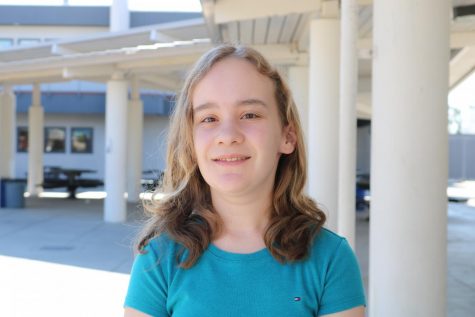
Jaida Baker is a senior at California High School in San Ramon, very excited to be working in newspaper again this year. In her free time, she loves to...
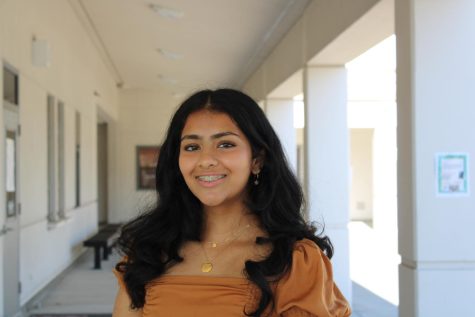
Back again after a rigorous year as News Editor, senior Sami Tripasuri is excited to be co-Editor-in-Chief for The Californian. She enjoys writing and...
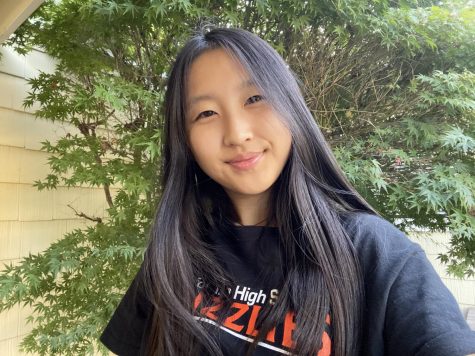
Senior Christine Oh and third-year newspaper student is thrilled to serve as co-Editor in Chief for The Californian. She loves to travel, meet new people,...
